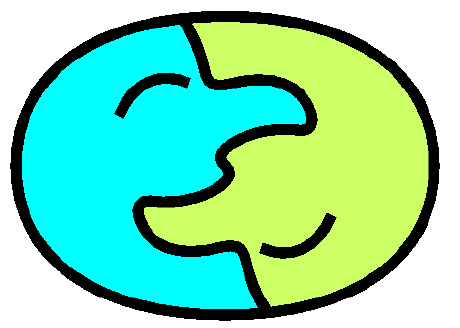Gesture Learning
How to learn effective physical movementA certain level of intelligence can be straightforwardly built, I should think, using reinforcement learning in an embodied system with sensory feedback, that is able to plan, act, learn, protect itself, etc., and the kinds of things it can learn includes all kinds of coordinated physical actions from simple to quite complex.
Below are the parts I would put together to make such a system.
Experimentation might discover how complex it could get. But pointing out one's tongue, swallowing, crawling, walking, throwing, and making speech sounds, seem to me to be reasonably attainable.
- *) Actuators.
- Trigger in (at time t_i)
- control signal out (after dt, with parameters Amplitude and Duration)
- An actuator trajectory proportional to Amplitude and Duration anchored at t_i + dt.
- *) Sensors.
- actuator-proprioception: actuator state related measurements (position, stress, strain, bend, energy output)
- System proprioception: impacts on the body
- External perception: impacts on the environment
- *) Planner.
- *) Learner.
- *) Metric of value:
- Limit damage.
- maximize impact / effort.
- Increase effort above minimum when all things are go.
- Perhaps novelty-seeking also.
- *) Orchestrator; High level control system.
Practice considerably to refine skill for each orchestration.
Explore considerably to find effective orchestrations of similar complexity, as if, at a similar level. That way you know the kinds of things you can do with your actuator sets.
Then build smaller gestures into higher level orchestrations.
For example:
- muscle fibers into groups thereof, or into whole muscles.
- sets of muscles in all ways of combining themselves together
- from agonist/antagonist
- to sequence-in-time,
- alternating,
- adjusting time offsets,
- etc.
Later with air and hearing, to make sounds.
Another example: Put hydraulics onto a 6 jointed whip with fingers to learn to throw a ball.
